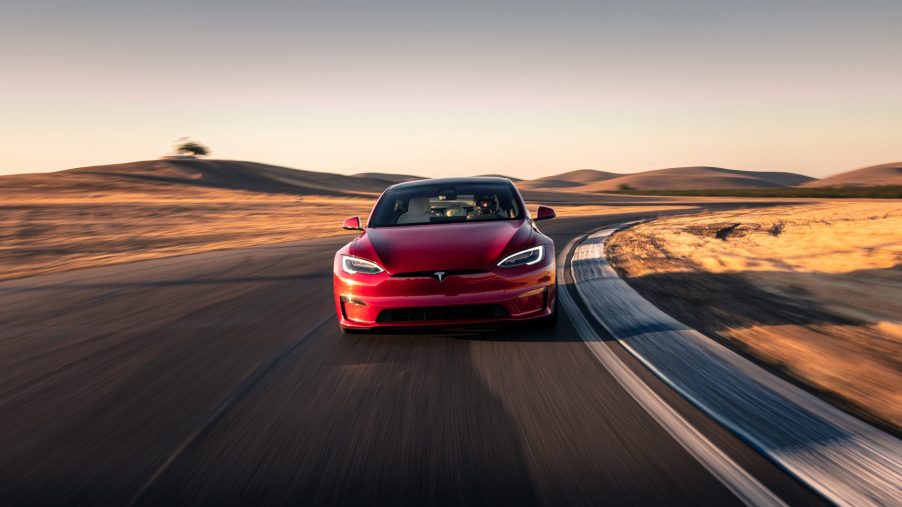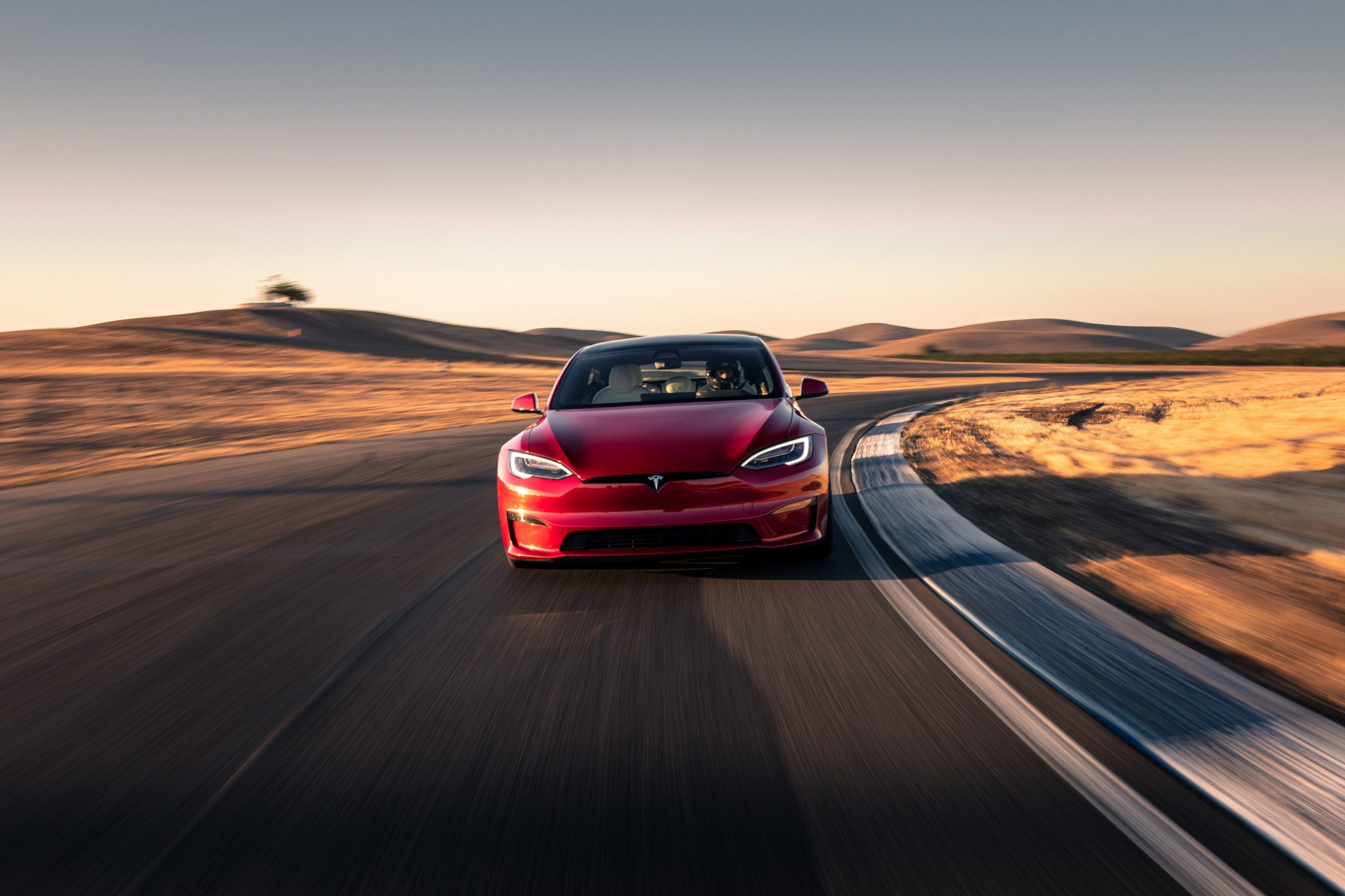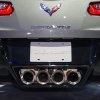
Why Are EVs So Fast?
- EVs durable motors and big batteries help them make big power
- AWD EVs are some of the fastest out there, hitting 60 mph in under 2 seconds
- We can only make EVs so much faster because of their massive weight
Stupid-fast EVs are all the rage right now. Suffice to say both consumers and OEMs are pretty hyped about the performance potential of new cars with zero lag, instant torque, and miles of gas-free range. But what the hell does all that mean? What helps electric cars like the Rimac Nevera and Tesla Model S Plaid hit 60 mph so fast? And are we letting them get too fast?

What makes EVs so fast?
We’ll start with the first question. Why are EVs so f***** fast? And how? It has a lot to do with the instant torque unique to electric cars. Even the fastest of gas vehicles need a second to get going, Bugatti Chiron included. Conventional internal combustion engines (ICE) make horsepower and torque in a linear manner. Put another way, they make peak power (1,500 hp in the case of the Chiron) after the engine’s pistons and crankshaft begin to move above a certain RPM (rotations per minute, a measure of engine speed). It’s a lot like how you can’t immediately run as fast as you can. You need a second to get there. So do ICE cars.
This is where EVs differ. They work like a light switch. The electric motors in your electric car can simply be “switched” on by the gas pedal. Once they’re on, they produce the same amount of power with little to no delay. Put in a more nerdy way, torque is not dependent on RPM like a gas engine. This is how we see cars like the Rimac Nevera and Tesla Model S Plaid hit 60 mph in 1.85 and 1.9 seconds, respectively.
What’s the fastest electric car?

The fastest of the fastest EVs also have a few other tricks that make them some of the fastest cars in the world. Broadly speaking, both the Model S Plaid and $2.4 million Rimac Nevera pull from the same bag of tricks. A lot of this is down to the battery in these electric cars. The motors in the above cars have very few moving parts, so they can handle far more power than your conventional ICE car can with less hassle. All that remains is to have a battery big enough to deliver the needed power.
Of course, we all know that means nothing if the instant electric power just gets turned into smoke. That’s why the fastest EVs have four motors, one at each wheel. “All-wheel drive” might be the wrong word, as they arent’ connected to a conventional engine or transmission, but the result is the same. So, in short, EVs are fast thanks to a combination of simple, durable electric motors, AWD, and finally, clever traction control systems that work with the motors to achieve maximum grip.
Electric cars don’t need to be faster and heavier

However, we’re rapidly approaching the upper limit of what’s “comfortable” in fast EVs. Even the Tesla Model 3 Performance hits 60 in a blistering 3.5 seconds. A decade ago your average Lamborghini fought hard to get there at triple the price. How much faster and heavier do EVs need to get before we hit the upper limit? The GMC HUMMER EV is a fantastic example. It’s nearly 3 tons. For now, at least, we can all enjoy making our friends sick with the speed, and now you know how that EV does it.


